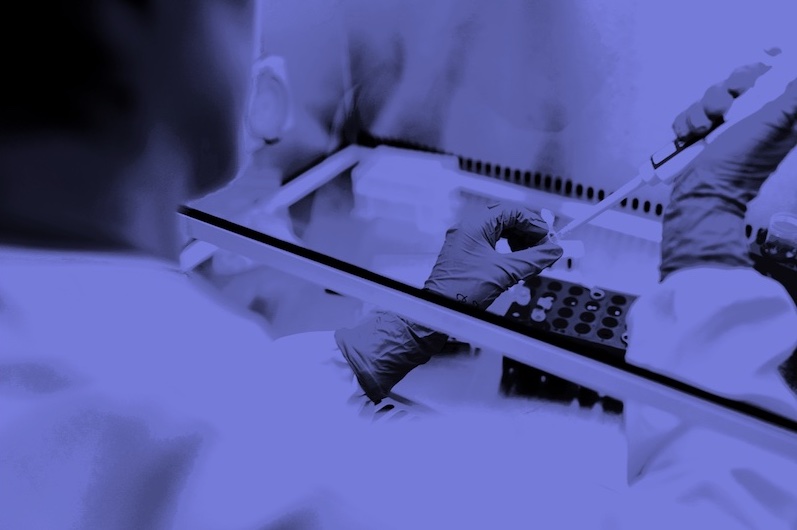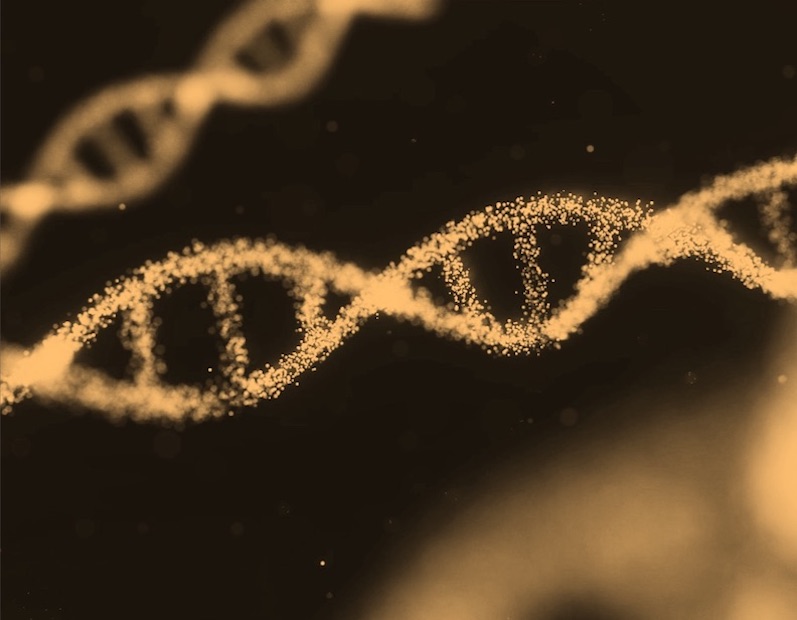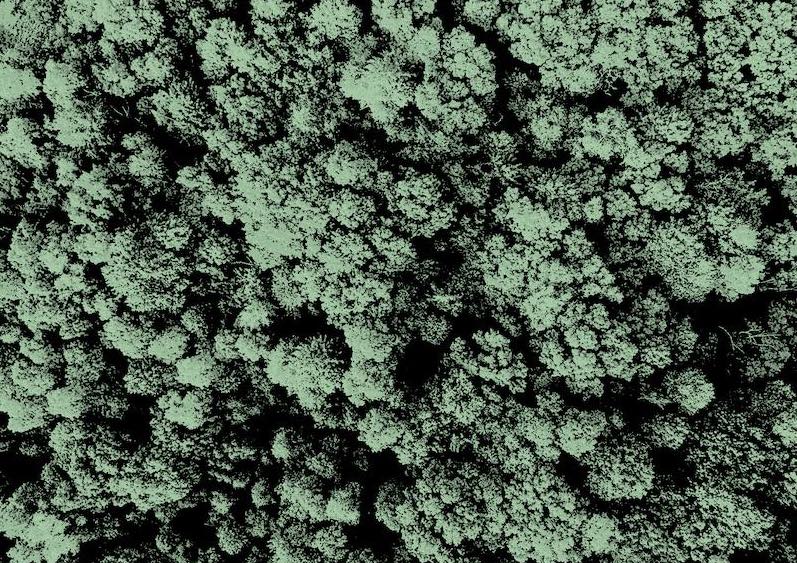What is it about?
In this study, we're looking at how CA and MTF work on their own and together to see what effect they have on breast cancer cells. We're focusing on things like how many cells are alive, how they move, how they make groups of cells, how they affect the immune system, how they grow new blood vessels, and how they spread. We're also looking at changes in gene expression.
Featured Image

Photo by National Cancer Institute on Unsplash
Why is it important?
So, our study showed that CA and MTF can actually help to stop breast cancer cells growing and spreading, and also change the proteins and genes that are involved in how the cancer progresses and spreads. This is really good news, as it means that CA and MTF could be used to make existing treatments even more effective and reduce the side effects.
Perspectives
This study was set out to find out more about how CA and MTF, when used on their own or together, affect breast cancer cells (MCF-7) and healthy mammary epithelial cells (HME1). We looked at things like how well the cells were doing, how they were moving, how they formed colonies, how the immune system was affected, how blood vessels were formed, how the cancer spread, the proteins involved in that, and changes to the genes that cause cancer. What we found suggests that both CA and MTF can fight cancer, but the way they do it seems to be different.
Yasin TÜLÜCE
Van Yüzüncü Yıl University
Read the Original
This page is a summary of: Investigation of potential anti-metastatic effect of metformin and caffeic acid combination therapy in breast cancer cell line in in-vitro culture model, Medical Oncology, January 2025, Springer Science + Business Media,
DOI: 10.1007/s12032-024-02592-2.
You can read the full text:
Resources
Contributors
The following have contributed to this page







